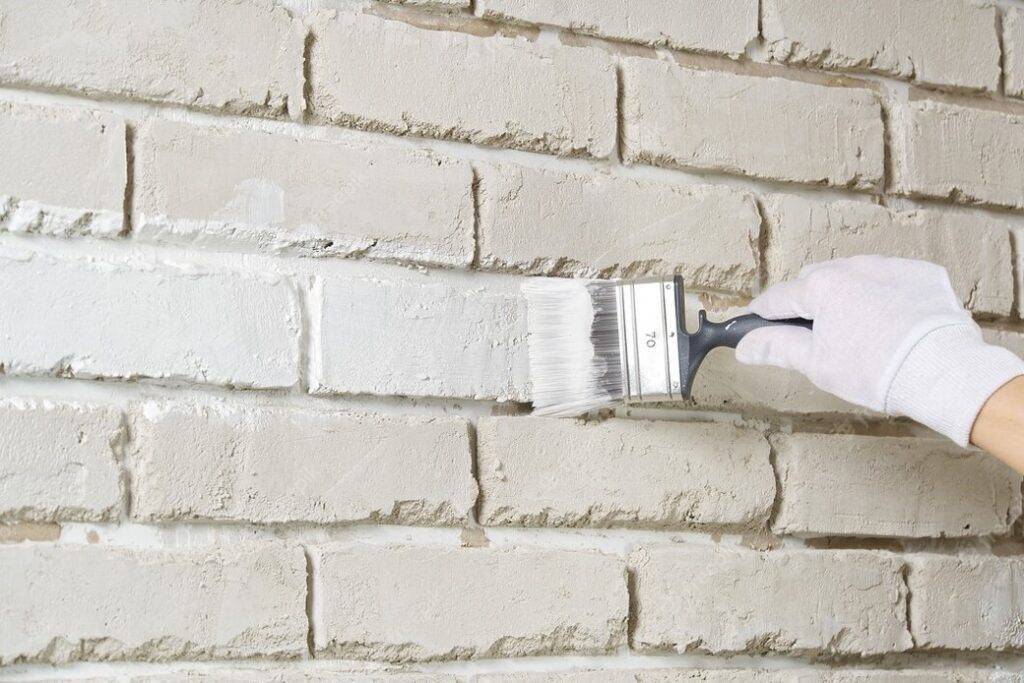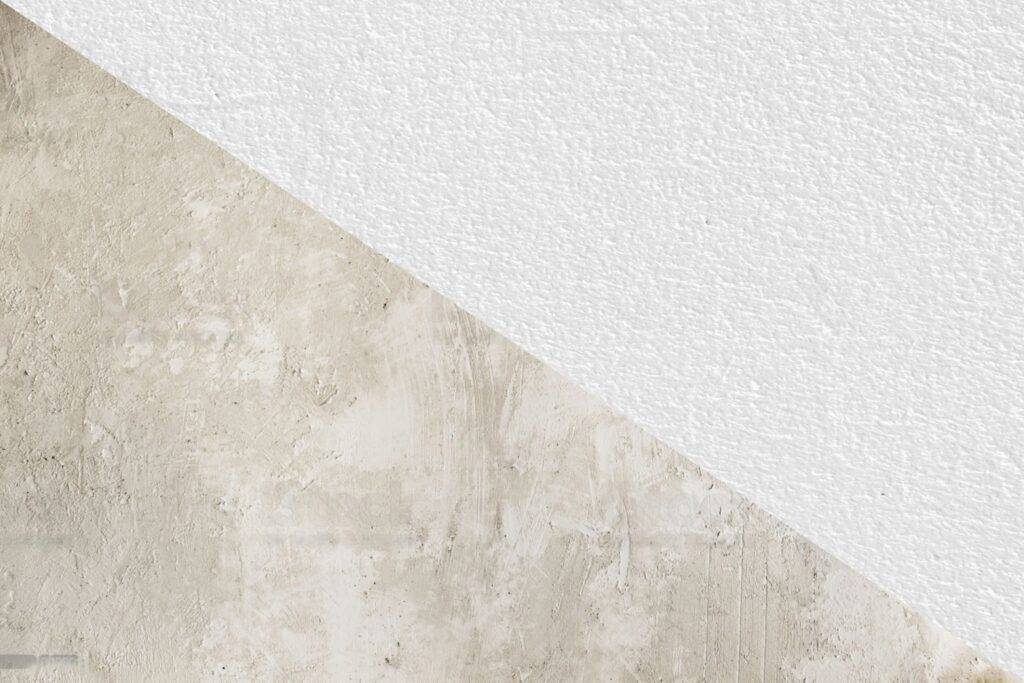
“This wallpaper and I are fighting a duel to the death. Either it goes or I do.”
Oscar Wilde’s last words
Drab wallpaper splayed around our domiciles can be a real downer (it is, after all, what we have to look at most every day). The practice of enhancing surfaces is an ancient one; we’ve just become better at it with time. Two particular options spring to mind for the unique, extensive qualities and benefits they offer: limewash and traditional paint. To accommodate an array of preferences and requirements, in this article we’ll be comparing limewash and traditional paint.
From the benefits of limewash to the versatility of traditional paint, we’ll explore these products’ distinct properties and characteristics. This will help you understand which one is more advantageous to use for your particular purpose.
At Meoded, we believe in building a better future for painters and plasterers alike.
That’s why we know that by helping our audience understand more about what we sell, they’ll be better informed when shopping with us.
Ready? Let’s dive in!
Comparing Limewash and Traditional Paint

Painting is no longer the simple procedure it used to be.
These days, there are just so many more options available! From eco-friendly paint options to natural paint alternatives, modernity has greatly increased the range of paints available.
The tried and trusted still remain the most popular, however, so let’s take a look at their timeless properties and characteristics together and narrow down all the noise of the new. Let’s go back to the basics and see why they’re still so popular today.
| Aspect | Limewash | Traditional Paint |
| Composition | Made from slaked lime and water, often with natural pigments for color. | Made from pigments, binders, solvents, and additives to enhance performance and appearance. |
| Application Surface | Ideally suited for porous surfaces like plaster, masonry, and brick. With the right surface preparation, Lime Wash can be applied directly to drywall, wood, metal, etc. | Suitable for a wide range of surfaces, including wood, drywall, metal, and more. The versatility of traditional paint makes it broadly applicable. |
| Texture | Creates a textured, matte finish that enhances the natural texture of the substrate. | Offers a variety of finishes, including matte, satin, and gloss, depending on the paint type. |
| Color Range | Limited color options, mainly earthy tones derived from natural pigments. | Color choices in traditional paint offer an extensive range of hues, including custom-mixed shades, thanks to synthetic pigments. |
| Coverage | It typically requires multiple coats due to its thin consistency and opacity. | Provides better coverage with fewer coats, reducing application time and effort. |
| Aging/Patina | Develops a unique patina over time, enhancing the aesthetic with a weathered look. This aesthetic is one of the sought-after benefits of limewash. | Generally, maintains its appearance over time without significant patina development. |
| Breathability | Highly breathable, allowing moisture to escape, preventing mold and decay. Best for breathable paint finishes. | Acrylic paints are not breathable. |
| Environmental Impact | Environmentally friendly, as it’s composed of natural materials and produces minimal waste. Limewash is one of the best eco-friendly paint options. | Depending on the type, traditional paint may contain VOCs (Volatile Organic Compounds) and other chemicals with potential environmental impacts. |
| Maintenance | May require periodic touch-ups or reapplication as it wears away gradually. | The longevity and durability of traditional paint are renowned, requiring less frequent maintenance compared to limewash. |
| Historical Use | Historical restoration and limewash go hand-in-hand. This traditional method dates back centuries and is used in historical and traditional architecture. | Evolved over time and encompasses a wide range of modern formulations suitable for various architectural styles. |
Drawing Comparisons and Conclusions

Now that we’ve compared limewash and traditional paint, it’s clear to see that both have their distinct strengths.
- The benefits of limewash:
There are many advantages to using limewash and it is often used for both interior and exterior painting jobs, helping to protect walls from weathering while providing an enchanting, rugged appearance. In interiors, limewash contributes character and conjures feelings of timelessness.
It’s a product that offers an unparalleled connection to nature with breathable finishes; its versatility, biodegradability, and non-toxic composition make it one of the ultimate eco-friendly paint options. Lime Wash will give your walls a matte, mottled plaster-like look with depth and color variation.
- The benefits of traditional paint:
With the traditional paint, on the other hand, you have another set of properties and characteristics that make it just as attractive as limewash. The color choices in traditional paint are superlative, bringing an array of dazzling shades to surfaces. Looking for paint that requires very little maintenance? The durability of traditional paint will leave you fulfilled. The general versatility of traditional paint has made it a staple in modern spaces as it’s easy to clean (and on the eyes).
Picking Between Perfection
Both of these paints are premium options; whichever you pick will depend on your preferences and project requirements.
For historical aesthetics and natural paint alternatives, limewash provides a natural, breathable paint finish. For more variety, durability, and versatility, traditional paint may just be the product you need. Above all else, don’t overthink it and end up like Oscar Wilde; make a choice and pick the paint you need from Meoded’s wide variety today.
